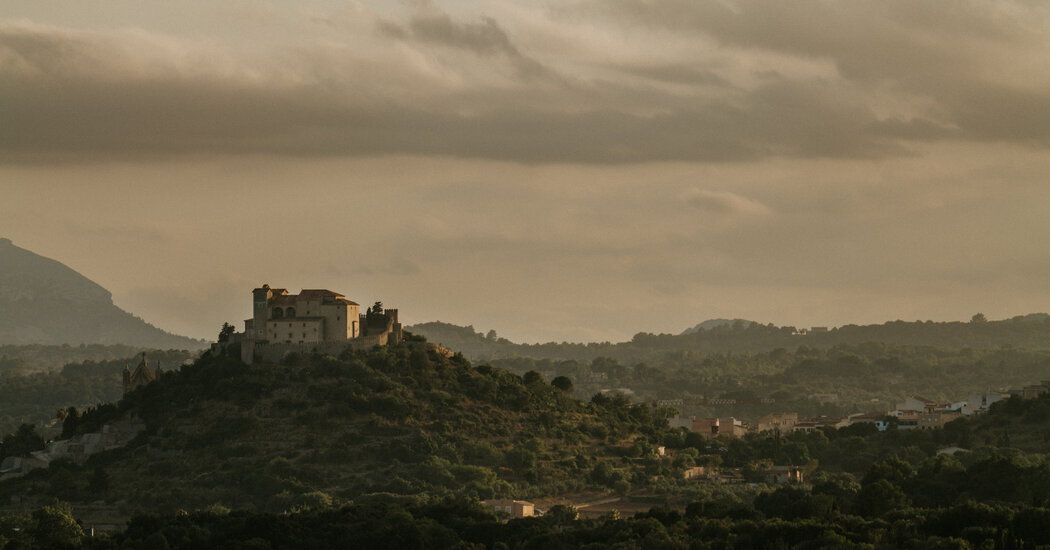T’s new monthly travel series, Flocking To, highlights places you might already have on your wish list, sharing tips from frequent visitors and locals alike. Sign up here to find us in your inbox once a month, as well as our weekly T List newsletter. And you can always reach us at tlist@nytimes.com.
Majorca, the largest of Spain’s Balearic Islands, has been a classic summer destination for Europeans and Brits for decades. But long before the big resorts sprung up along the coastline and villas came with helipads, the island’s hilltop villages attracted artists, musicians and writers in search of year-round sun and solitude. Among the best known of those early visitors were the Polish composer Frédéric Chopin and the French novelist George Sand, who spent the winter of 1838 in the town of Valldemossa, in the mountains above Majorca’s northwest coast. By 1929, when the British writer Robert Graves and the American poet Laura Riding arrived in the nearby village of Deià — at the recommendation of the American writer Gertrude Stein — and later built a home there, that picturesque hamlet of stone houses and olive groves was already a fledgling artists’ colony. In 1956, the Barcelona-born artist Joan Miró and his family moved to the outskirts of Palma. Plenty of artistic talent was homegrown, too, nurtured by generations of weavers, glassblowers and ceramists. One of Spain’s most prominent contemporary artists, Miquel Barceló, grew up on the island painting landscapes with his mother and her friends. Among the island’s many signature local crafts is the roba de llengües, or cloth of tongues, a style of ikat believed to have arrived from Asia centuries ago via the Silk Road. And it’s that deeply rooted artistic tradition combined with an extraordinary natural beauty that’s attracting the latest influx of creative types. In the last few years, a number of artists and designers have left larger cities in Europe and moved to Majorca. Some of these new arrivals are renovating old houses and farms in and around the country towns of Sóller and Deià or choosing to base themselves in Palma’s Old Town, where Gothic spires loom over the port, and there’s a fresh wave of contemporary art galleries and idiosyncratic shops dedicated to supporting local artisans. All over the island, new or newly revived hotels compete for the most impressive views.
For the first installment of our series of Flocking To travel guides, we asked four locals or…
Click Here to Read the Full Original Article at NYT > Travel…
